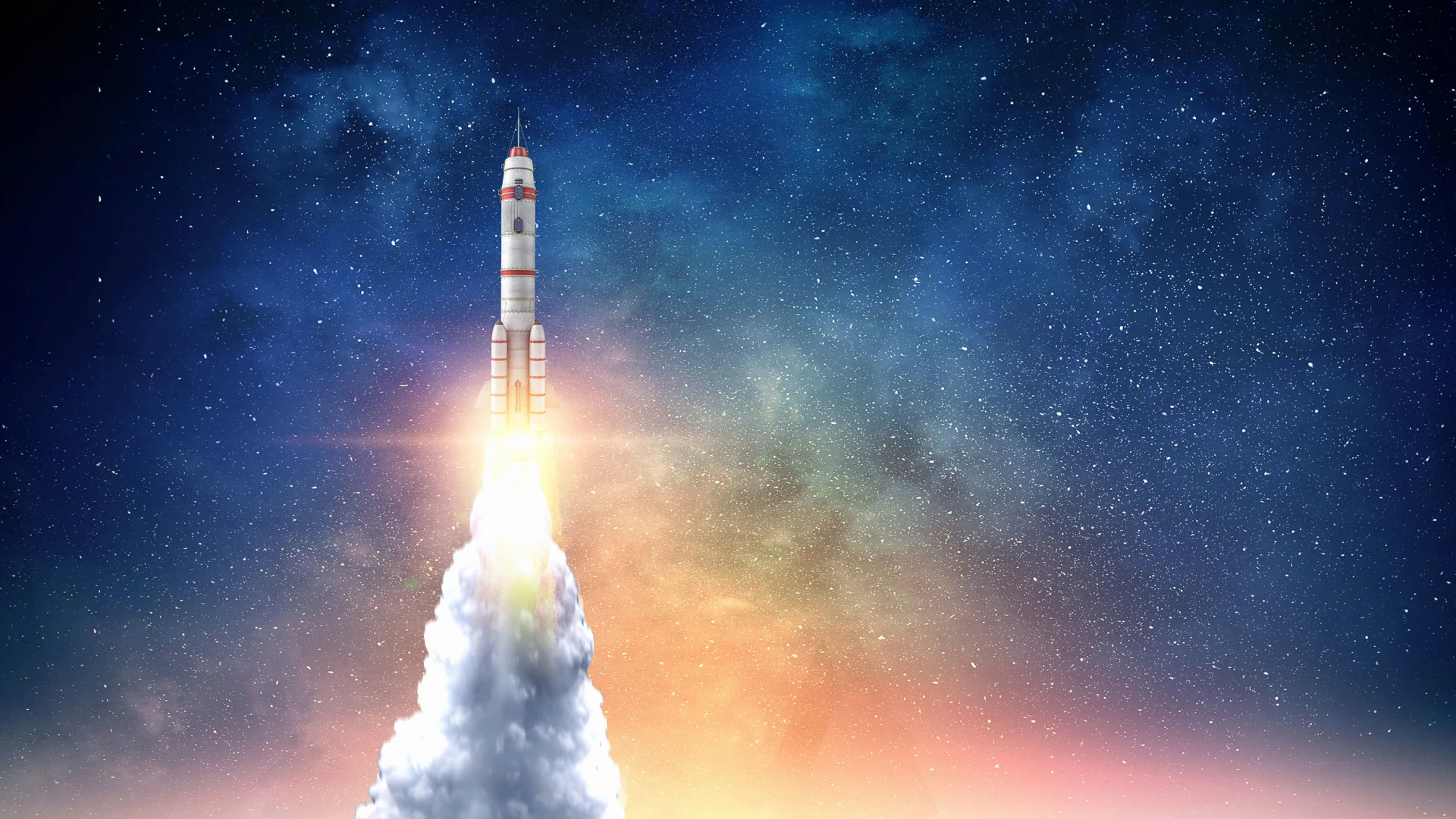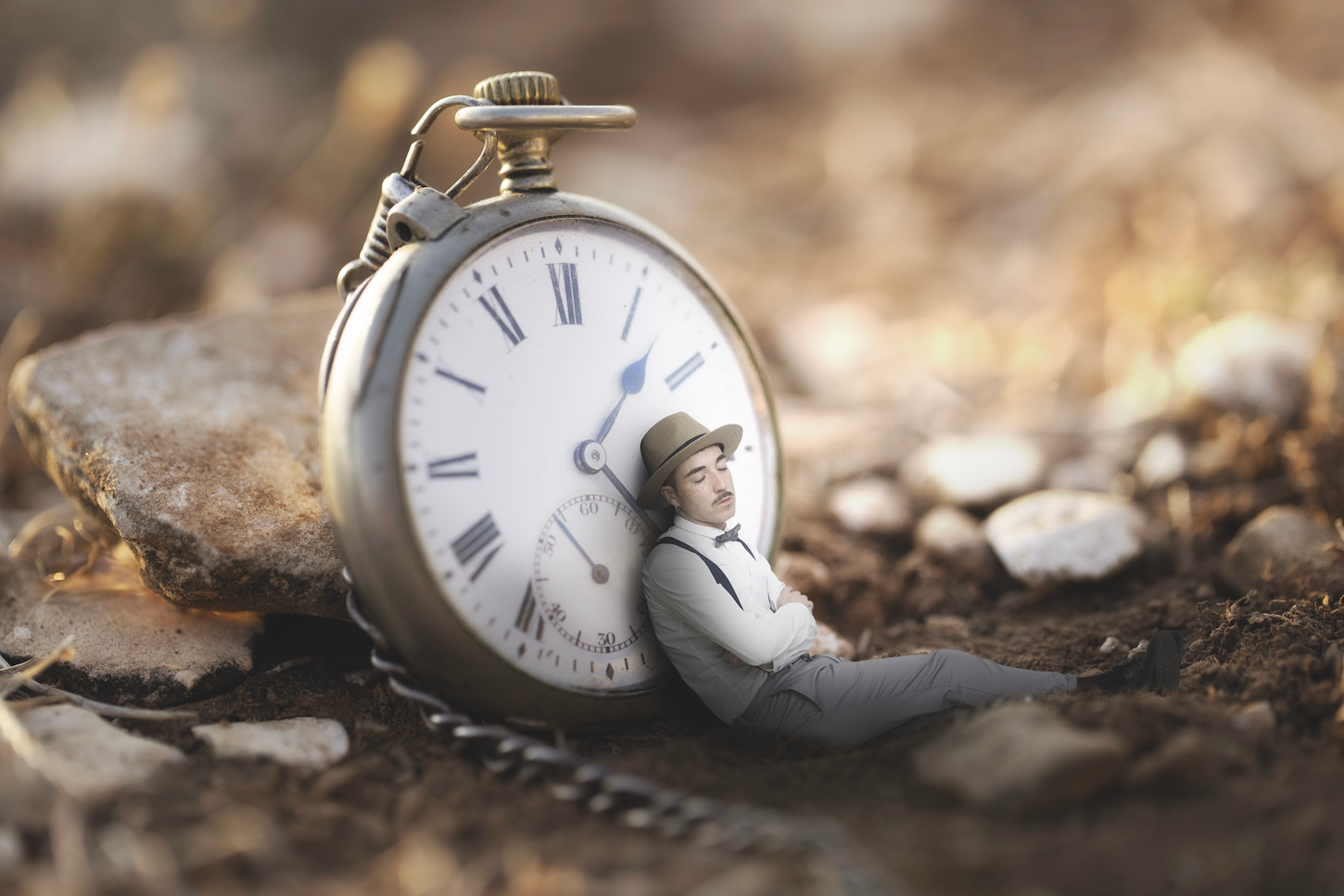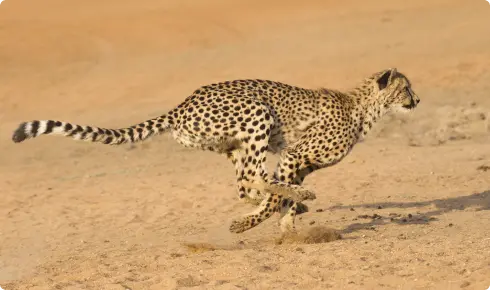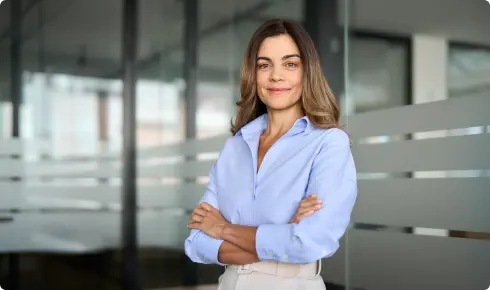
A lesson from the life of Leonardo da Vinci about how observing the world around you can lead to creative breakthroughs.
BY FAISAL HOQUE

Also Featured in LinkedIn Pulse Best Advice.
If an idea is the seed of strategy, experience is the seed of an idea.

But can there be qualitative differences in experience? Yes, research has shown that the reason time seems to speed up as you get older is that the world is not as novel as it was when you were young. The more familiar you are with a situation—or you perceive that you are with a situation—the more quickly you will experience it.
This is an argument for varied experience—a predictor of creativity—but it is also an argument for mindfulness.
It is a matter of attending to your experience, or staying curious about the world. The less we’re wrapped up in our thinking, the more we notice about the world.

As Einstein famously said that he had no special talent beyond being passionately curious, which means there is no other avenue to cultivating creative work aside from impassioned curiosity. Thankfully, we have models for this way of living, with Leonardo da Vinci as one of the foremost.
Da Vinci lived during a time of some of the biggest discoveries and creative masterpieces ever known. And as the word Renaissance suggests, a resurgent interest in the arts and the natural world took hold, supported by religious, public, and private wealth. But the time was also not so unlike our own: da Vinci, in order to make his works, would find “protectors” in the form of dukes, princes, and a pope—not too different from the way an entrepreneur seeks funding today, whether from venture capitalists or from banks. More deeply, that time saw the same hierarchy of needs that entrepreneurs and leaders tend to today—to survive financially, to create wealth, and, finally, to make an impact upon their world.
Beginning as a painter before he became a sculptor, an engineer, an anatomist, and a painter again, da Vinci was long trained in experiencing and appreciating the natural world—thus the power of his representations. His core skill and greatest passion was observation. This enthusiasm informed all his work: if you were to peer into his notebooks, you would find sketches of the movement of water, evidencing his lifelong preoccupation with hydraulics, drawings that became foundational studies of the workings of the human body, as well as portraits of the faces of the ugly and beautiful people he encountered in Florence, Rome, and Milan. Many people look, he said, but few people see—and that mindful seeing is the foundation of direct experience, itself the foundation of direct knowledge.
As he once wrote:
“I roamed the countryside searching for answers to things I did not understand. Why shells existed on the tops of mountains along with the imprints of coral and plants and seaweed usually found in the sea. Why the thunder lasts a longer time than that which causes it, and why immediately on its creation the lightning becomes visible to the eye while thunder requires time to travel. How the various circles of water form around the spot which has been struck by a stone, and why a bird sustains itself in the air. These questions and other strange phenomena engage my thought throughout my life.”
His emphasis on observation was so great that he would reconceive the way we perceive perception. As the facing page of his notebook shows, he looked closely at the looking itself: his understanding of the way light alights upon the eye pushed against the prevailing theories of optics passed down in the Platonic tradition and held by his contemporaries. Whereas the old way saw the eye as sending a beam of vision into the world, da Vinci saw the eye as something that received light, as illustrated here.

That is the power of curiosity and of observation: under examination even the most respected received wisdom can give way.
[Photo: Flickr user Ben Raynal]
Excerpted with permission from “Everything Connects: How To Transform And Lead In The Age Of Creativity, Innovation And Sustainability” (McGraw Hill) by Faisal Hoque with Drake Baer. Copyright (c) 2015 by Faisal Hoque. All rights reserved.
Use the Everything Connects leadership app for free.
You may also like…















